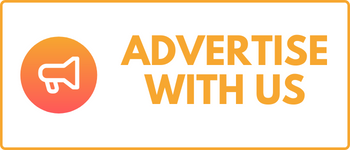Applying the classical theory of ‘Doctrine of Public Trust’ – that is natural resources either owned by no one (res mullions) or by everyone in common (res communions) is to understand the sovereignty of resources. The nature of ‘the State or the central government or the Federal state property’ concerning the ownership, extension or to occupy natural resources as a frontier is vested in the capital interest as per the authority or investors’ high-ticket value or an asset; Natural Resources recognition and stakeholders’ possession over these, while availing the right to property is mostly controversial in the periphery of national jurisdiction. Category of citizens decide the value and price of the property rights of the environmental resources. Supporting the recognition of some forms of community property rights depends upon the charges of value and profits over natural resources. The invested price is bargained to extract, explore, and exploit the sources of nature that are available as organic and inorganic, as renewable, and non-renewable, as bio-gradable and bio-degradable. The investment in harnessing all sorts of energies that are strategically a value ladder of advancement of human existence and civilization based on the natural elements of stratosphere and atmosphere. The connection between property rights and natural resources is not just coercion of the maximum by way of investment, but it is also a matter of law and rights as the most common of the commonest depends upon the charged position of high tickets that make money from natural resources as investors by way of return stocks. In the pretext of investment law, most of the low-ticket entities such as commoners’ privacy and dependency both get at stake, because natural resources as value ladders are treated as private property by private entities. In view of this present scenario of the environmental aspirations and mismanagement, the accountability and liability are at risk to pay back security, safety, and protection not only to the local, indigenous, landless, rural and the most affected ones, but also to maintain the habitat of natural experience with environmental justice and protection.
Interface of Environmental Justice for Natural and Energy Resources Property Rights to Conserve Soil Health: A Legal Overview of Case Studies
Publication Information
Journal Title: Journal of Legal Studies & Research
Author(s): Jayshree Singh & Salvatore Tolone Azzariti
Published On: 18/01/2024
Volume: 10
Issue: 1
First Page: 1
Last Page: 31
ISSN: 2455-2437
Publisher: The Law Brigade Publisher
DOI Not Allotted [Get DOI]
Cite this Article
Jayshree Singh & Salvatore Tolone Azzariti, Interface of Environmental Justice for Natural and Energy Resources Property Rights to Conserve Soil Health: A Legal Overview of Case Studies, Volume 10 Issue 1, Journal of Legal Studies & Research, 1-31, Published on 18/01/2024, Available at https://jlsr.thelawbrigade.com/article/interface-of-environmental-justice-for-natural-and-energy-resources-property-rights-to-conserve-soil-health-a-legal-overview-of-case-studies/
Abstract
Keywords: state property, ownership, investors, natural resources rights, citizens, environmental aspirations, mismanagement, private property, private entities, environmental justice, and protection
Share this research
Latest Publications
June 10, 2025





